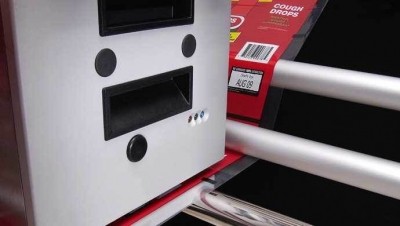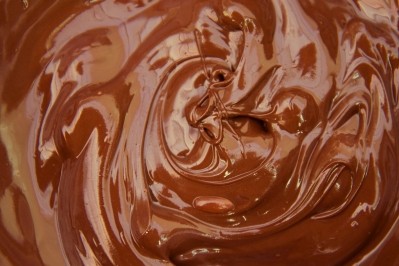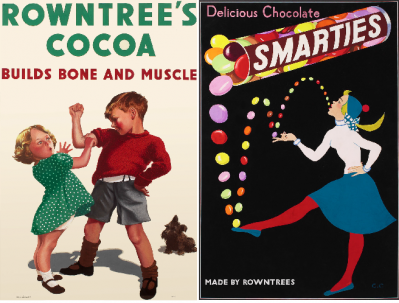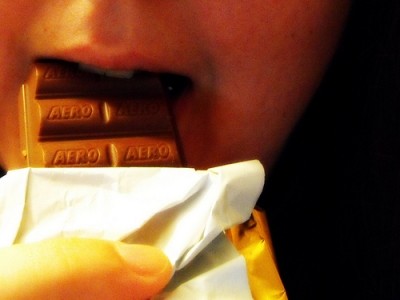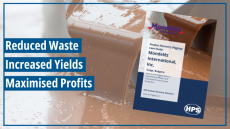Patent Watch
Nestlé develops inkjet printing using only ‘kitchen cupboard’ ingredients
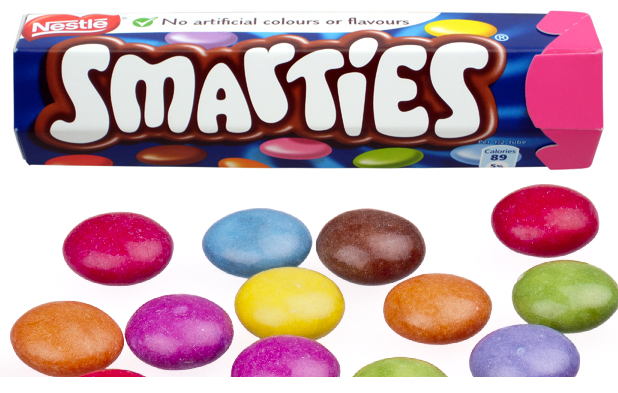
The company said in its patent application that inkjet printing was fairly uncommon in the food industry because undesirable ingredients such as glycerol and ethanol were required to support water based inks.
Nestec has created an edible ink that that is free from glycerol, propylene glycerol and ethanol by using a carbohydrate sweetener that it claims could expand the use of inkjet printing.
‘Familiar ingredients’
“Many consumers prefer to choose edible products which only contain ingredients that they themselves would use in preparing food, and so manufacturers generally try to reduce the number of food additives in products wherever possible,” said Nestec
“It would therefore be beneficial to be able to print on edible materials using inkjet inks which contain only familiar ingredients, so-called ‘kitchen cupboard’ ingredients.”
Carbohydrate sweetener is the key
The Nestec ink uses a carbohydrate sweetener representing 25% of the weight in combination with a colorant and water.
The patent said that the ink acted like a glue and adhered to surfaces on contact, which prevented the ink from spreading or shrinking during drying.
Nestec listed over a dozen carbohydrate sweeteners that could be used, but said that consumers would prefer natural sweeteners such as sucrose, fructose , glucose, maltose, lactose and sorbitol. It said a mix of sweeteners was also possible and it specifically used a mix of fructose, sucrose and glucose in its trials.
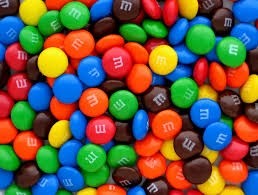
Applications
The R&D arm conducted tests to print cartoon characters, logos and images on Nestlé’s panned confectionery brand Smarties and also on white chocolate and biscuits.
Nestec said that inkjet printing could also be used to print on the inside of packaging, providing an edible food contact material.
Panned confection printing typically uses printing plates. Nestec said that inkjet printing would eliminate the need for such plates and other applicators that touch the food surface, which can sometimes damage fragile products and create a contamination risk.
Visual variety and rapid changeovers
“One of the advantages of inkjet printing is that the printed image can be varied simply by sending a different electronic signal to the print-head, allowing different images to be printed on successive food items and so producing products with visual variety,” said the patent application.
“The rapid change of image also facilitates production change-over when manufacturing printed seasonal product ranges and adapting text for multi-lingual markets.”
The ink also eliminates ethanol, which opens up products to Muslim consumers who do not consume ethanol.
